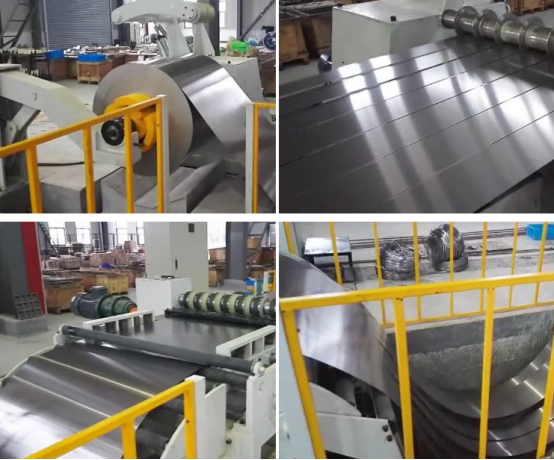
The Evolution of Floor Tile Making Machines
The flooring industry has witnessed remarkable advancements over the years, particularly with the introduction of sophisticated floor tile making machines. These machines are at the forefront of modern manufacturing, streamlining the production process while enhancing the quality and durability of floor tiles. This article delves into the evolution of these machines, their components, their benefits, and their impact on the industry.
History and Development
The concept of floor tiles can be traced back thousands of years, but it wasn't until the Industrial Revolution that mechanized production began to take hold. Early tile manufacturing was labor-intensive, involving manual processes that limited production capabilities and consistency in quality. The introduction of electrically powered machines in the 20th century marked a pivotal moment in the floor tile industry. These initial machines allowed for batch production but still required significant human oversight.
As technology progressed, so did the complexity and efficiency of tile making machines. The late 20th century saw the rise of automated systems that incorporated computer numerical control (CNC) technology. This innovation allowed for greater precision and customization, enabling manufacturers to produce a wide array of designs and sizes to cater to diverse consumer demands. Today, floor tile making machines are equipped with a plethora of advanced features, including digital printing, automated glazing, and even robotics for material handling.
Key Components of Floor Tile Making Machines
Modern floor tile making machines consist of several key components that work in tandem to produce high-quality tiles
.1. Raw Material Preparation Unit This section is responsible for mixing raw materials such as clay, silica, feldspar, and additives. Precise measurement and blending ensure that the tiles possess the desired properties, such as strength and aesthetic appeal.
2. Forming Section In this stage, the mixed raw materials are processed into tiles using methods such as extrusion or pressing. The choice of method often depends on the type of tile being produced, with pressing commonly used for ceramic tiles.
3. Drying Chamber After forming, the tiles must be dried to remove excess moisture. This step is crucial, as it prevents cracking during firing. Modern machines often utilize energy-efficient drying systems to minimize operational costs.

4. Firing Kiln The dried tiles are then subjected to high temperatures in a kiln, which vitrifies the material and enhances its durability. Advanced kiln designs include oxygen control and waste heat recovery systems, which significantly improve energy efficiency.
5. Finishing and Glazing Unit After firing, tiles can be further enhanced with glazes or surface treatments. This unit applies the final finishes, giving the tiles their required aesthetic qualities and functional characteristics such as resistance to stains and wear.
6. Quality Control Systems Modern machines are equipped with sensors and software that monitor each stage of production. This stringent quality control ensures that only the best products reach the market.
Benefits of Automated Tile Making Machines
The integration of automation in floor tile production has yielded several benefits
- Enhanced Efficiency Automated machines can significantly increase production speeds, allowing manufacturers to meet high demand without compromising quality. - Consistency Automated processes minimize human error, ensuring that each tile produced meets specific standards for size, shape, and finish.
- Cost Savings Although the initial investment in advanced machinery can be substantial, the long-term savings on labor, material waste, and energy consumption make it a financially sound choice for many manufacturers.
- Sustainability Many modern floor tile making machines are designed with energy efficiency in mind. The use of advanced technology can lead to decreased carbon footprints and better resource management.
Conclusion
The evolution of floor tile making machines represents a significant leap in the manufacturing process of flooring materials. With advancements in technology and automation, these machines have not only increased efficiency and quality but have also paved the way for sustainable manufacturing practices. As the industry continues to grow, the importance of innovative tile making machines will only become more pronounced, reflecting the ever-changing needs of consumers and the environment.